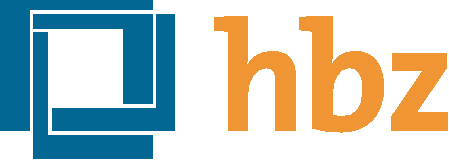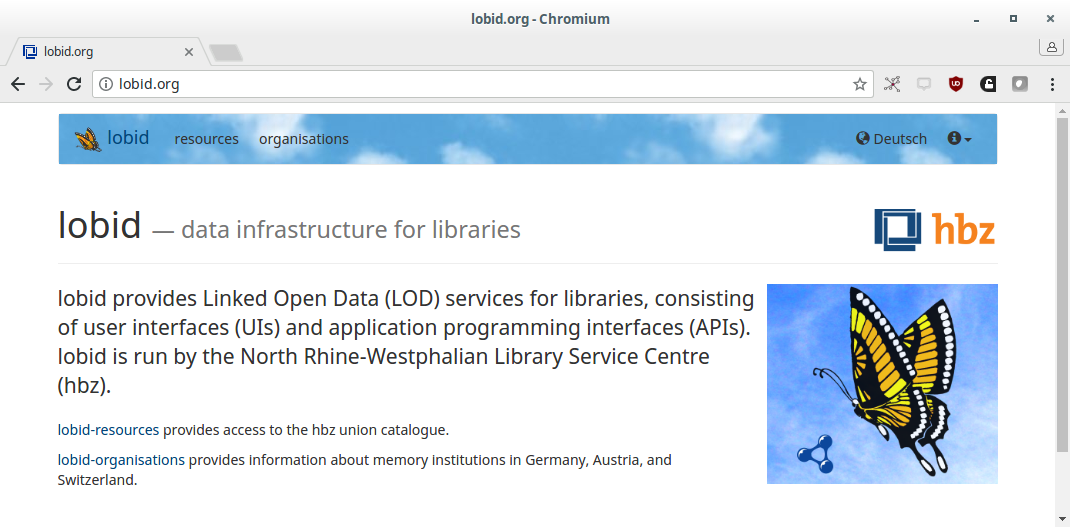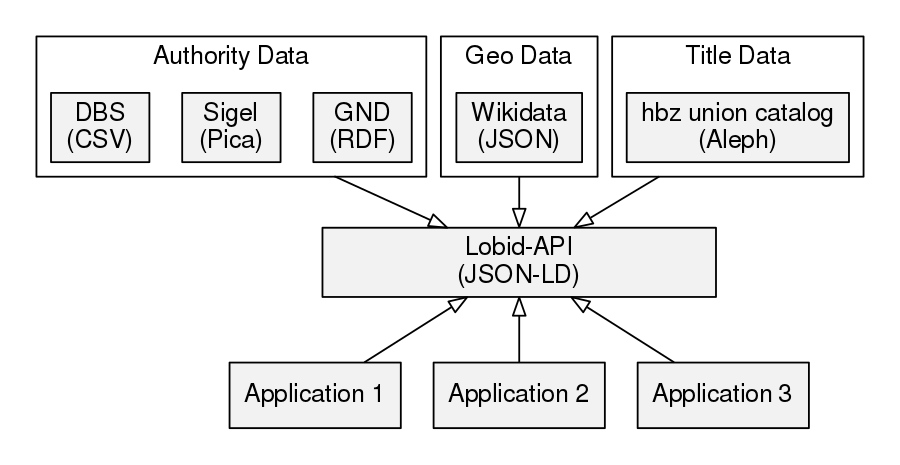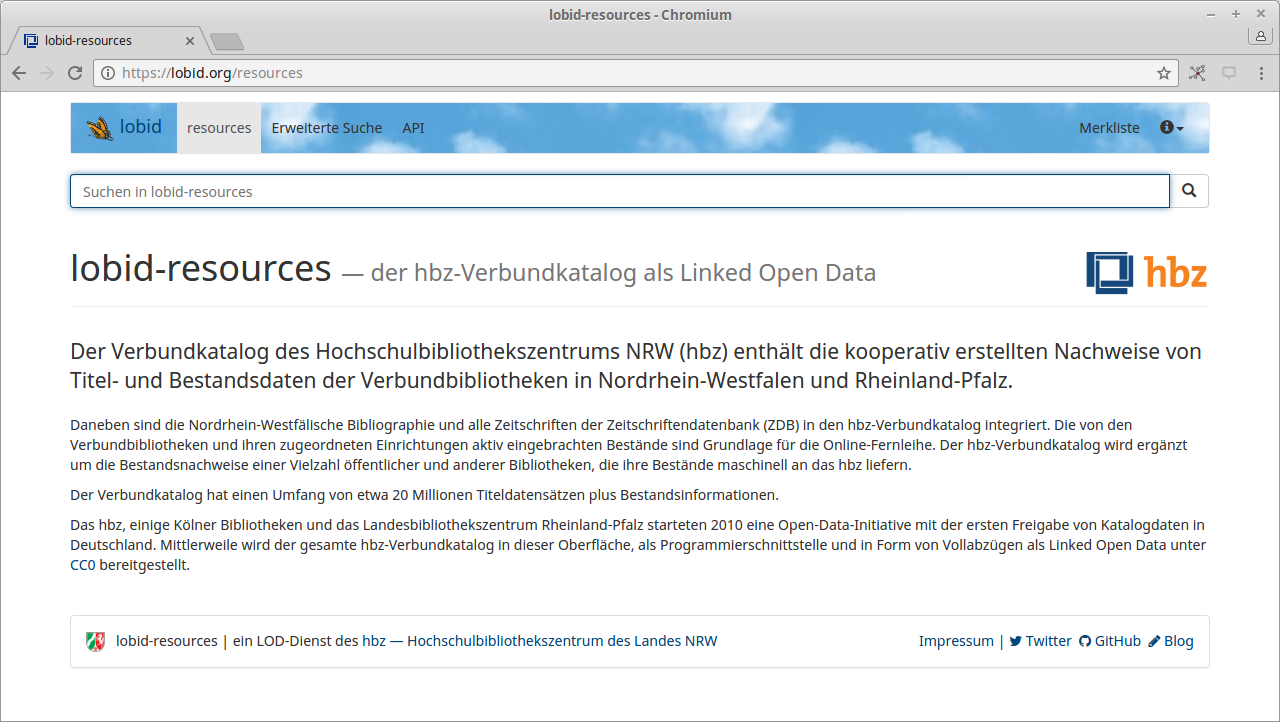Bibframe at hbz
Adrian Pohl / @acka47
Linked
Open Data, Hochschulbibliothekszentrum NRW (hbz)

European BIBFRAME Workshop,
Frankfurt/Main, 2017-09-26
This presentation:
http://slides.lobid.org/eubfws2017/

The hbz
North Rhine-Westphalian Library Service Centre, est. 1973
Software services for libraries in NRW and beyond
E.g. union catalog, discovery portal DigiBib, ILL, digitization & digital preservation, consortial acquisition
LOD Research & Development since 2010
Co-organizer of Semantic Web in Libraries (SWIB) conference
See also hbz flyer in English (PDF)
lobid

Data sources


The data: hbz union catalogue
Cataloging libraries: 56 academic & special libraries,
1000 institute/departmental libraries
20 million records and 45 million holdings
Cataloging environment: Aleph
Source format: Aleph MAB2 XML
From bib records to JSON-LD
No vocabulary will ever cover all our use cases (except we create it ourselves)
Thus, we reuse existing vocabs & create new properties/classes when necessary
(Side note: Starting from scratch, we'd probably create an application-specific vocab as we go along focusing on the use cases and align it with existing vocabularies later.)
Choosing vocabs
Using LOV & having the following preferences:
- DC Terms
- Bibframe 2.0
- Bibliograpic Ontology (Bibo)
- Resource Description and Access (RDA) Unconstrained Properties
- schema.org
- Other vocabularies (MADS, Music Ontology, DC Elements,…) for individual elements
- Our own vocabulary
The ingredients
| Vocabulary | Properties | Classes |
|---|---|---|
| lobid-vocab | 17 | 12 |
| DC Terms | 15 | 1 |
| Bibframe | 12 | 3 |
| RDA Unconstrained Properties | 8 | - |
| Bibo | 6 | 12 |
| schema.org | 7 | 2 |
| GND Ontology | 3 | 8 |
| Others | 11 | 3 |
| Total | 82 | 41 |
bf:Contribution for the win!
{
"id":"http://lobid.org/resources/TT002619836#!",
"contribution":[
{
"agent":{
"dateOfBirth":"1967",
"id":"http://d-nb.info/gnd/123652391",
"label":"Schmaus, Simone",
"type":[
"Person"
]
},
"role":{
"id":"http://id.loc.gov/vocabulary/relators/ill",
"label":"Illustration"
},
"type":[
"Contribution"
]
},
{
"agent":{
"id":"http://d-nb.info/gnd/128479086",
"label":"Kramatschek, Christopher",
"type":[
"Person"
]
},
"role":{
"id":"http://id.loc.gov/vocabulary/relators/edt",
"label":"Herausgeber/in"
},
"type":[
"Contribution"
]
},
{
"agent":{
"altLabel":[
"Galerie FOE 156",
"Ausstellungsforum FOE 156"
],
"id":"http://d-nb.info/gnd/5508593-3",
"label":"FOE 156 (München)",
"type":[
"CorporateBody"
]
},
"role":{
"id":"http://id.loc.gov/vocabulary/relators/ctb",
"label":"Mitwirkende"
},
"type":[
"Contribution"
]
}
]
}
Things from bf we use
bf:contribution, bf:Contribution, bf:agent, bf:role
bf:hasItem, bf:Item, bf:itemOf, bf:heldBy
bf:source, bf:supplement
bf:extent, bf:frequency
bf:note, bf:responsibilityStatement
lobid view on Bibframe
One of many vocabularies to use, brings some benefits
Vocabs aren't the central work, the hard work is to derive decent LD from catalogue data
We're watching bf development sporadically giving input
...and will be ready to serve bf data